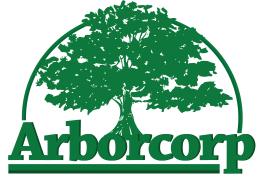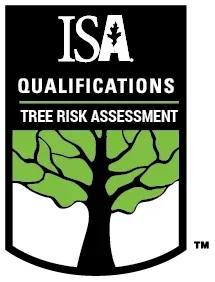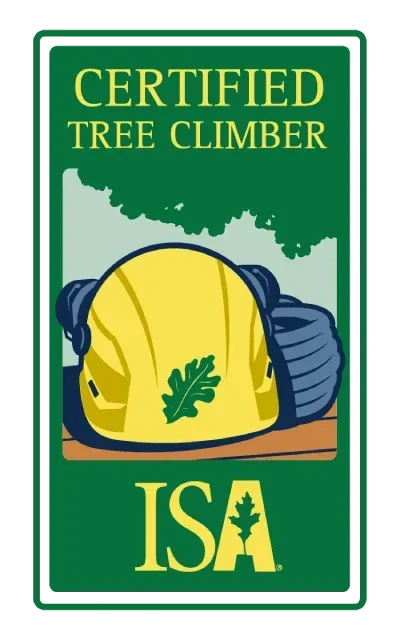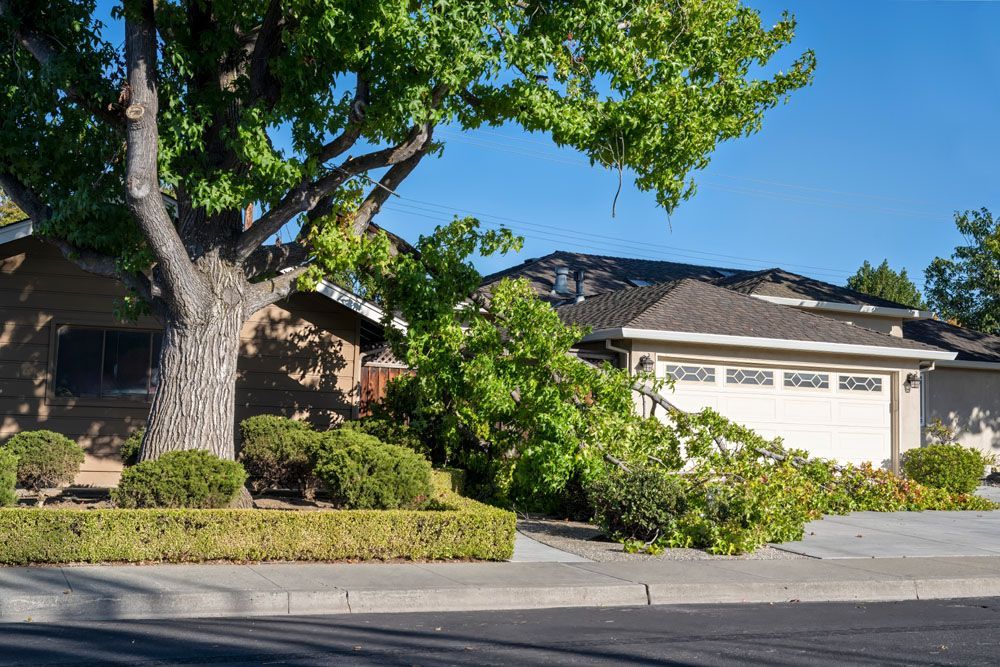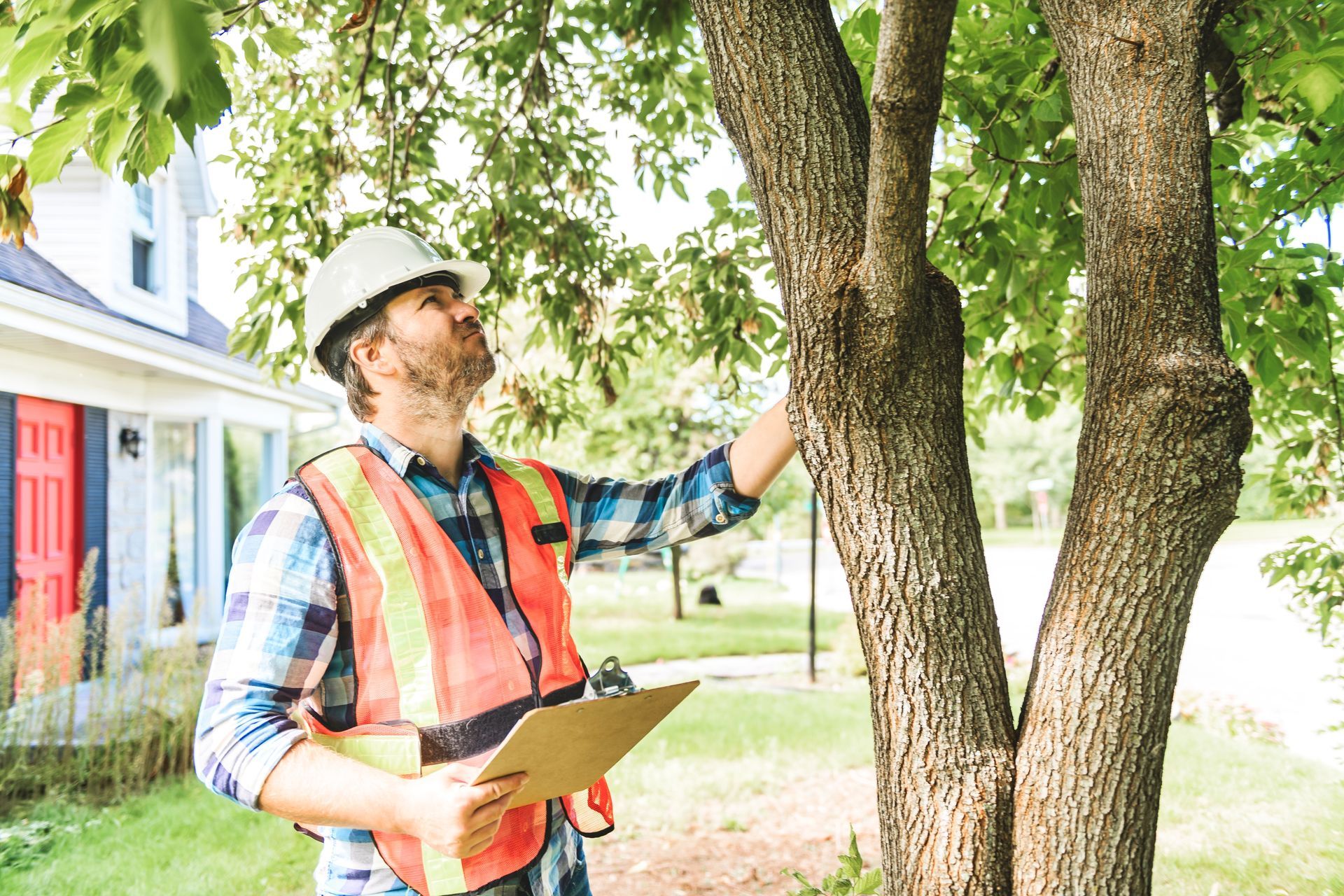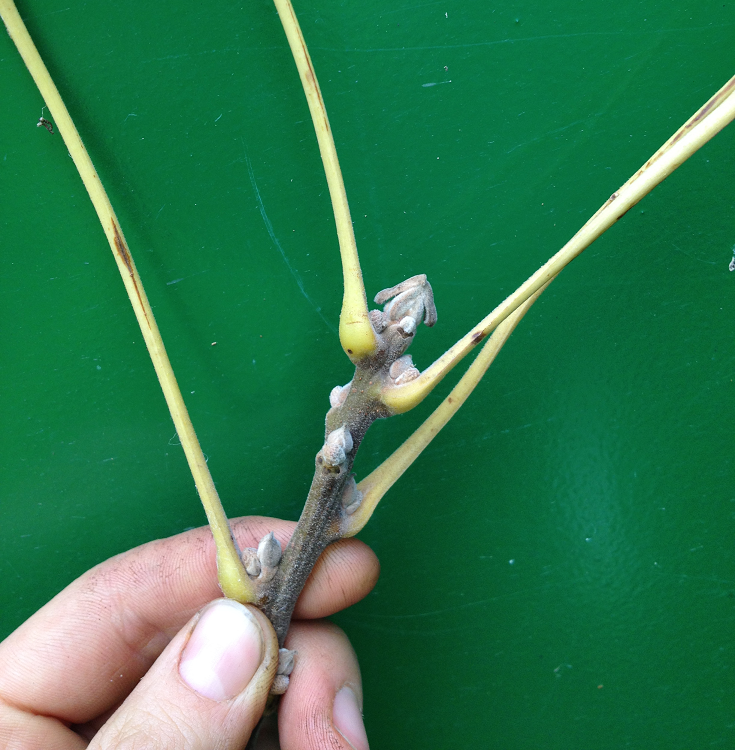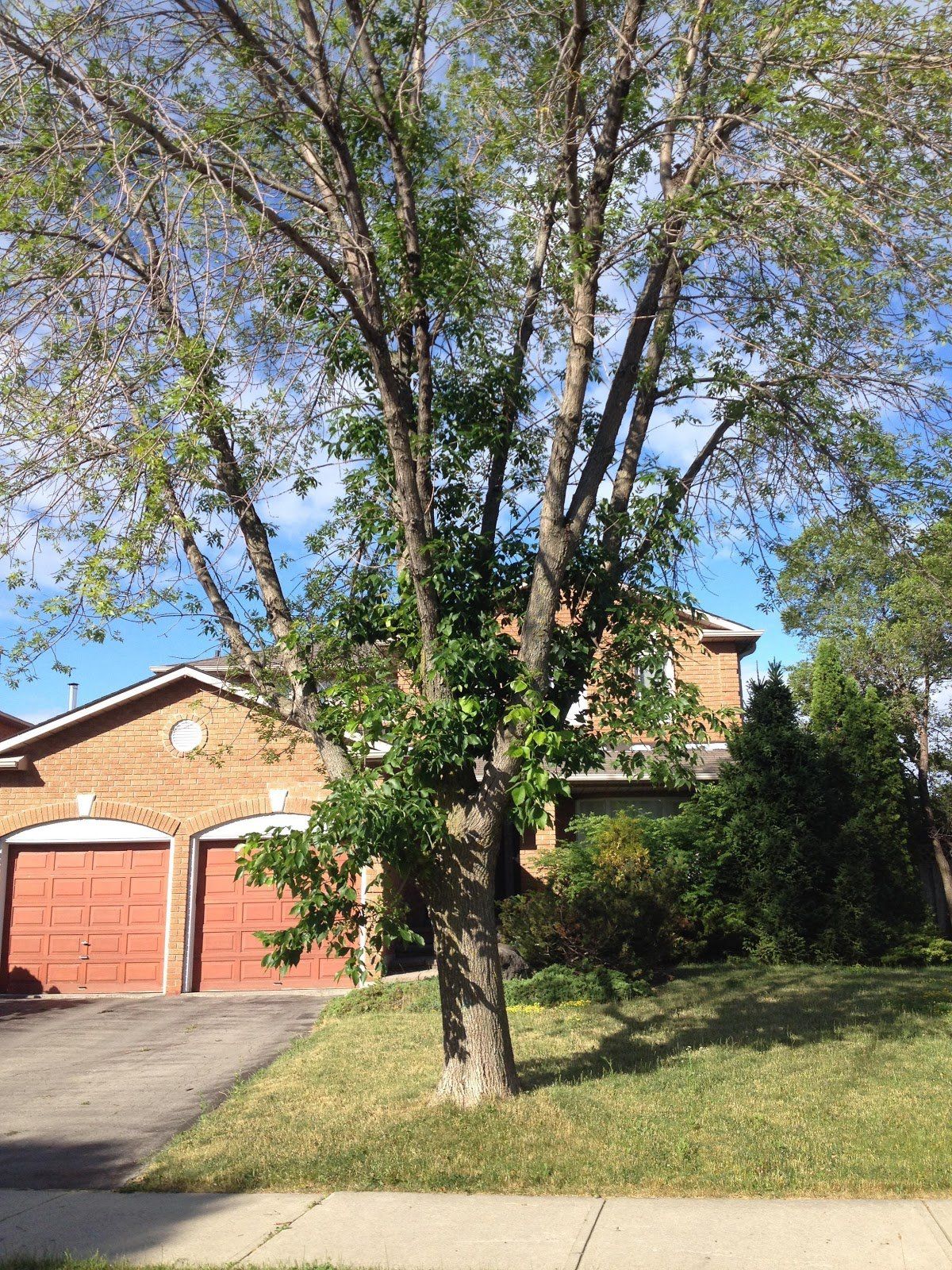Blog
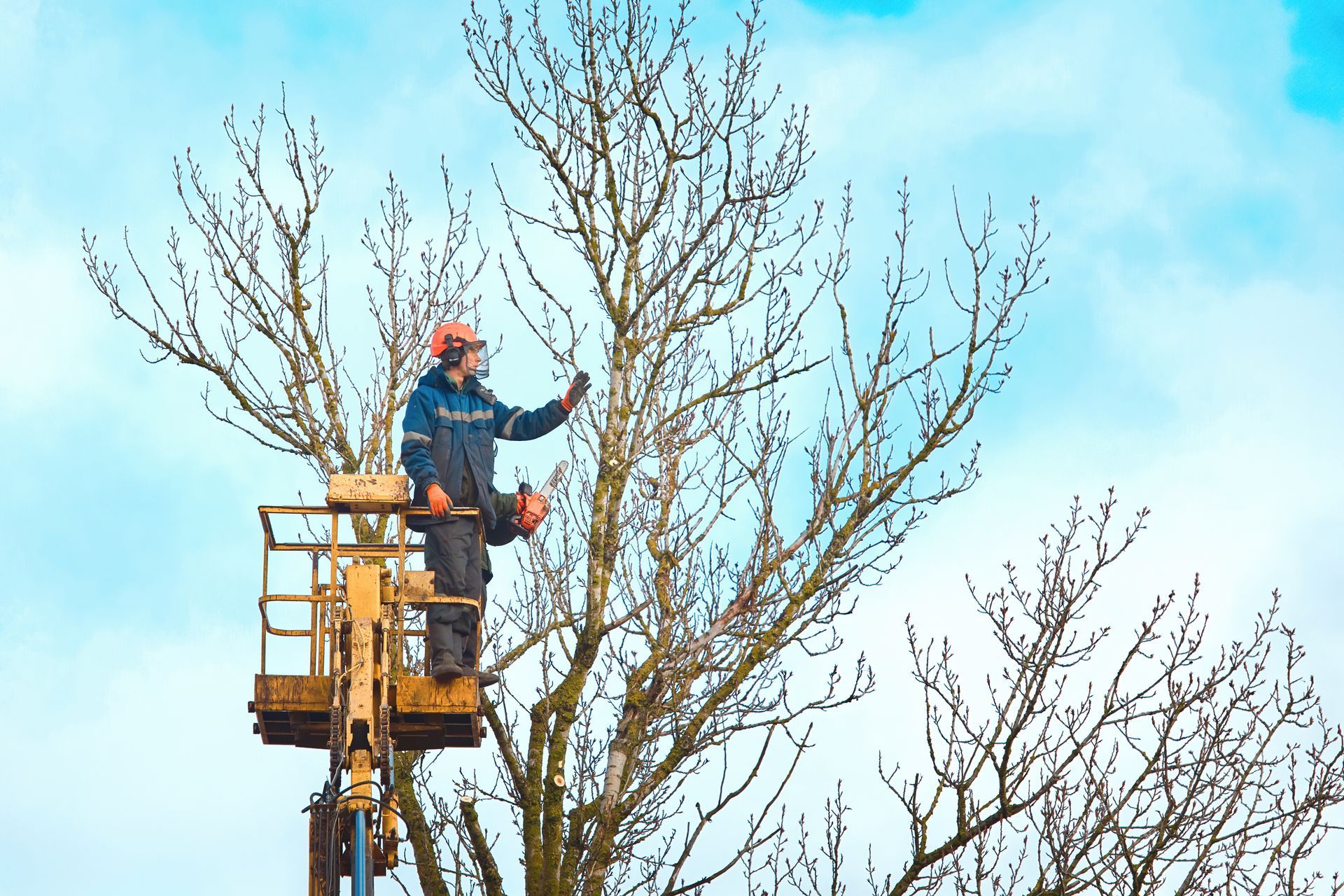
Spring in Ontario brings milder temperatures and new growth. It's the perfect time to hire a tree pruning service available from the professionals at Arborcorp Tree Experts to ensure your trees stay healthy, well-shaped, and safe. When done right, spring pruning helps trees grow strong and vibrant. Read on to learn why early spring is ideal for pruning and how a professional arborist can help. Here's what you need to know about professional care to encourage healthy regrowth. Why Spring is the Perfect Time for Pruning Reduced Stress on Trees In early spring, most deciduous trees haven't fully leafed out. Pruning now causes less stress since trees can quickly heal cuts. Better Visibility With fewer leaves, an arborist can easily spot damaged, diseased, or crossing branches. This means more precise tree trimming Disease Prevention Pests and diseases become more active later in spring. Early pruning helps reduce exposure to problems like oak wilt and fire blight. Pro Tip: Some trees like maple or birch may "bleed" sap in early spring. This is usually harmless, but consulting with an arborist about timing for specific trees is always a good idea. Which Trees Benefit from Early Spring Pruning? Flowering Ornamentals: Crabapples, magnolias, and ornamental cherries do well when pruned right after blooming or in early spring. Deciduous Shade Trees: Oaks, ashes, and maples have fewer pest issues when pruned before leaves appear. Young Trees: Early pruning helps shape young trees before they get too large. Not sure about your tree? Contact the tree pruning services professionals at Arborcorp for expert advice. Key Steps for Effective Spring Pruning Inspect the Tree Look for damage, disease, and crossing branches Plan Your Cuts Start with dead, diseased, or weak branches Thin crowded areas for better air flow. Use Proper Techniques Cut just beyond the branch collar (the swollen area at the branch base). Avoid "topping" trees, which causes health problems. Clean Up Properly Remove diseased branches from your property. Consider stump removal services if you've had trees cut down previously. Watch Tree Health Check cut areas for signs of infection. Provide proper water and nutrients. Comparison: Early vs. Late Spring Pruning
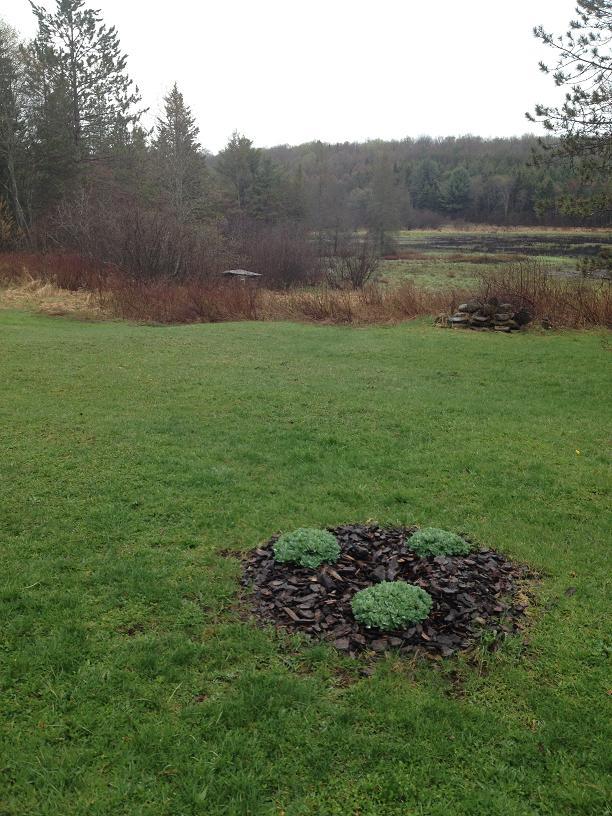
Yes, we work through the winter! Does that surprise you? There are actually a few good reasons to schedule your tree services for the dormant season! First: what is dormancy? For a tree, it means that it is no longer actively growing. Sometimes there is a little bit of activity, but in general, when temperatures are cold enough to damage the leaves, the tree stops providing them with clorophyll (one of the key reactants in photosynthesis) and slowly cuts them off from the branch or twig to which they are attached. Trees' leaves are productive organs. If too many leaves are removed during summer pruning, the tree may not be able to store enough reserves to make it through the winter and emerge into the spring with new, healthy growth and strong defences. When we prune during the dormant season we are not removing productive leaves, and when the spring comes, the burst of new growth can help to speed the healing of pruning wounds. Another good reason to prune during the dormant season is that disease-causing fungi and bacteria are less likely to be active and spreading. From a homeowner's point of view, there is another reason why you may want to consider having your tree services performed in the winter. We make every effort to minimize the damage that dragging brush has on grass, but there usually is a little bit of disturbance when heavy wood or brush is being moved. Having tree services performed when the ground is frozen can minimize dents and scrapes in your lawn.

Summer Branch Drop (SBD) is a little understood phenomenon that is gaining some local attention as of late after a recent tragic incident in Trinity Bellwoods Park, Toronto. SBD has been reported in Australia, Europe and the US since the early 1970’s. In these incidents, limbs fall for no apparent reason on calm, hot summer days.
Boost your trees' health and beauty with Arborcorp's slow-release spring fertilizer, specially designed for trees in Burlington, Oakville, Mississauga, and Milton
Emerald Ash Borer (EAB) has been devastating Ash trees in Mississauga, Oakville, Burlington and Milton. EAB has spread throughout southwestern Ontario since 2002. This introduced Asia insect kills all species of ash trees. These insects cut off the flow of water and nutrients within the trees by feeding underneath the bark. All Ash trees are at risk of dying from infestation except the Mountain Ash (Sorbus spp.) which is not a true Ash. Mortality normally takes 2 to 3 years however a severe case can terminate a tree within one season. It is estimated that all Ash trees in the region may be gone by 2017. The federal Canadian Food Inspection Agency (CFIA) has instituted a quarantine zone through a Ministerial Order including Mississauga, Burlington, Oakville, Milton and most of southern Ontario. The Order prohibits and restricts movement of nursery stock, trees, leaves, logs, lumber, wood, wood chips, bark chips and firewood from all ash species unless authorized by a Movement Certificate issued by the CFIA. This prohibition prevents the spread of the EAB into un-infested areas of Ontario. Arborcorp is authorized by a movement certificate. How to Identify Emerald Ash Borer – EAB? http://www.toronto.ca/trees/pdfs/IdentifyingAshTrees.pdf http://www.london.ca/Trees_Lawns_and_Gardens/PDFs/EAB_identificationguide.pdf http://www.toronto.ca/trees/pdfs/eabvisualguide_e.pdf What if I have an Ash tree on my property? Property owners are responsible for their privately-owned trees. Contact the City if your Ash tree is located on city property. You should inspect the condition of your trees regularly using guidance from the PDF links within this notice or contact Arborcorp for a professional tree inspection. If your Ash Tree appears infected, dead or dying, you should contact Arborcorp or an arborist certified with the International Society of Arboriculture (ISA) or registered with the American Society of Consulting Arborists (ASCA). If your ash tree appears healthy, you might consider pesticide injections such as TreeAzin. In some cases, TreeAzin injections may slow the EAB infestation. Pesticide injections have a limited time benefit and need to be repeated every two years. Homeowners are encouraged to plant new trees before or after Ash tree removal. Healthy trees increase property value, help cool your home and clean the air, along with other environmental, economic and aesthetic benefits. Additional information is available at these links: http://www.toronto.ca/trees/eab.htm http://www.yourleaf.org/emerald-ash-borer http://www.mississauga.ca/portal/cityhall/pressreleases?paf_gear_id=9700020&itemId=116300147n http://www.oakville.ca/residents/emerald-ash-borer.html http://cms.burlington.ca/Page6190.aspx Contact Arborcorp (905) 827-9103 For the professional treatment and removal of Ash trees.
